Amish Vs. Mennonites
One of the best-known religious minority groups in the world, the Amish are a fascinating people and culture. Renowned for their traditional lifestyles, they live more simply than most of us, often focusing on farming and crafts while worshiping God based on a tradition split off from the Mennonites a few centuries ago. Over the past few years, the television channel TLC has made various shows showcasing Amish youth and has given the world an insight to a culture which generally opposes photography and the presence of outsiders.


Despite some modern changes (accepted by only some sects) such as inside flush toilets and one telephone for the community, the Amish have done a remarkable job keeping to their traditional ways. We’ve already addressed the Amish quite thoroughly, but there is far more to say about this group of people who eschew modern conventions and wake at the crack of dawn.
Amish Vs. Mennonites
Both communities find it greatly insulting to be mistaken for one another. The Mennonites, pictured on the left, are not as strict as the Amish.
No Education Past the Eighth Grade
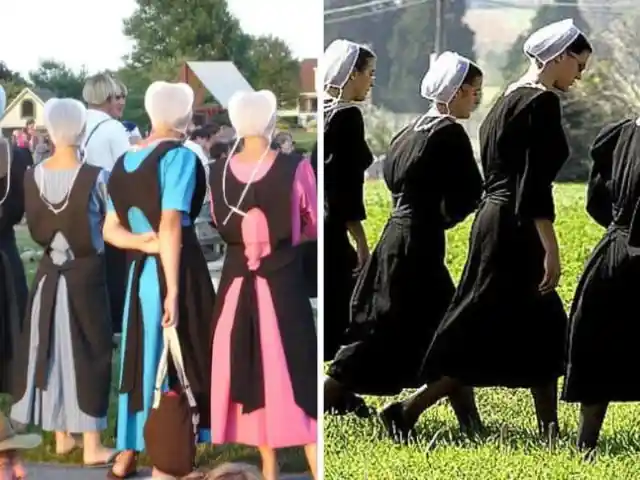
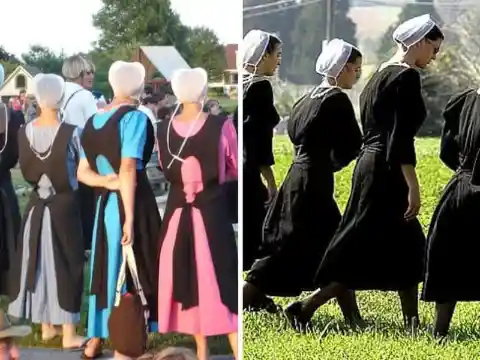
Mennonites may wear brighter colors, drive cars, and even live modernly.
Education in the Amish culture is stopped intentionally at the eighth grade. Well known for their approach to schooling, most Amish children attend class in one or two-room schools. The reason behind the limited formal education is practicality (they need the older children to become farmers and craftsman, so they teach them those trades instead), and religious objections (they feel that higher education may teach ideas that negate their Christian values).
The Choice


They see little value in traditional education, although some Amish do continue schooling after the eighth grade in the form of supplemental courses (especially businessmen), seminars, apprenticeships, and correspondence courses. One main objection from mainstream society about the lack of higher education for these children is that it leaves them with essentially no life skills and only an eighth grade education, should they ever decide to leave the Amish community. With no knowledge of the outside world, they basically have no choice but to stay.
Building upon that idea of it being so difficult for the younger Amish to leave or even choose another life for themselves, they are supposedly given 24 hours in which to spend in modern-day culture. During this time, they are to decide whether they want to leave the Amish community, or stay in it. For 90% of Amish youth, it is really no choice, at all; if they leave, they will never be welcomed back, nor will they ever have communication with their families again. It is very harsh, and on top of that, they lack education, knowledge of modern society, job experience, money, or familial support.
The Puppy Mills


But some do choose the path of leaving. Of the ones that have, a few have been interviewed and seem happy with their choice, even though it was hard. One woman, Mary, got her driver’s license and was given a car by a friend, which she paid back with her $8.00 an hour job cleaning at a hospital. Still, for her, anything would be better than the Amish life she hated.
The Amish community own 20% of America’s puppy mills. Annually, around five million dogs are killed in puppy mills, which equates to 11,000 per day. They are kept in horrible conditions, and some kept in cages their entire lives, especially if they are used for breeding purposes. They can be stacked up to 10 cages high, so that the ones in the bottom row have a 90% chance of developing an eye or ear infection. When the puppies can no longer be bred or be sold as puppies, they are mass murdered. Sometimes they are “debarked” by having a steel pipe shoved down their throat.
Shunning

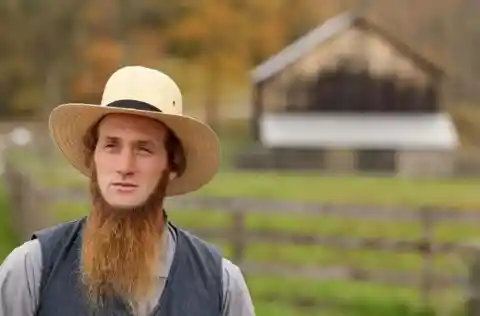
They do this so they can keep more dogs without anyone knowing just how many puppies they have, which can be hundreds. Since the Amish consider these puppies livestock, they are able to get away with these torturous acts without breaking any laws. And all this is just the beginning of the horrors that can take place in Amish puppy mills. The puppy mill capital of the U.S. is considered Lancaster County, Pennsylvania, a place where puppy mills- and the land- is largely dominated by the Amish.
Shunning is no huge shock, as most people who know anything about the Amish know that they still use this awful punishment. In fact, the character of Leanne on Orange is the New Black was an Amish girl before she was arrested, and she was shunned by her community, so that episode made people even more aware of it. Called meidung by the Amish, shunning is their form of excommunication, inflicted for “crimes” like marrying outside the faith or choosing to leave the community and live a modern life. You may remember Kate Stoltzfus from the TLC show Breaking Amish.
Graves Dug by Hand


She left her community behind and was recently featured in a Maxim photoshoot spread. When a person is shunned, all ties are cut from the community, and that includes their family and friends. It is the most serious punishment one can receive, and lasts until death, or until the perpetrator repents in front of everyone. It is disturbing that a whole community can simply flip a switch and turn their backs on someone they have known their whole lives, and even more disturbing is that a mother, father, or sibling could do the same.
When an Amish person dies, the funeral is held in the home of the deceased. Coffins are simple and plain, and are hand-made by the community. They dig the graves by hand because their belief is that modern technology is an interference, so they do not use machinery or electricity. Various community members pitch in to prepare for burial, which takes place three days after death because historically it took three days to dig the grave.
Beard and Hair-Cutting Attacks
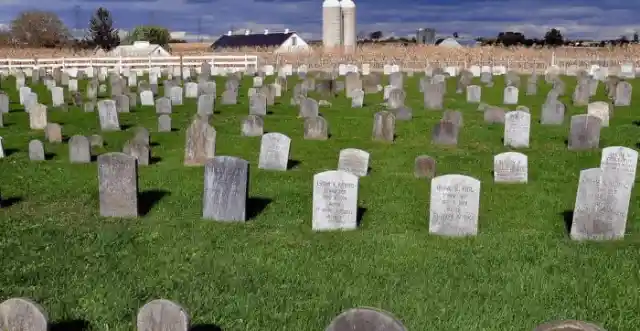

Some community members prepare the body, some build the coffin, some sit with the body while the grave is being dug, some actually dig the grave by hand, and some prepare a meal for after the funeral. The body is not embalmed unless it is state law. The service focuses wholly on the concept of Christian resurrection, as the Amish believe that upon death, the spirit has left the physical body, therefore their intent is on praising God. There are no eulogies.
If you want to hurt or piss off an Amish person, apparently all you need is a pair of scissors. It is a rule among the Amish that women do not cut their hair, and men do not cut their beards. So to cut another person’s hair is one of the most serious offenses you can commit. Even to cut one’s own hair or beard is punishable by shunning and shame. To cut the hair or beard of someone else is considered a hate crime and is severely punishable.
Pollution


Interestingly, mustaches are not allowed but beards are essentially required, since beards were commonplace in the Bible. However, men may shave or cut their beards until they are married, at which time they must stop. One example of a person committing a haircut/beard-cut crime in recent years is the case of Samuel Mullet (in the first of the mugshots above), who got 15 of his followers to attack other Amish communities in this way. They were found guilty of cutting the hair and beards of rivals in their community. Convicted of religious hate crimes and conspiracy, Mullet is serving 11 years in a federal prison in Texas, while the others received various lighter sentences, and many are back home already.
Amish people may be simple farmers, but they release an alarming amount of fertilizer as runoff into the Chesapeake Bay. Collectively, they own 5,000 farms in Lancaster County, Pennsylvania, where the streams carry the fertilizer and manure to the bay. A professor at Elizabethtown College and a studier of the Amish, Donald Kraybill, says, “They are very resistant to government interference, and they object to government subsidies.” So they have not been very receptive to the efforts of the Environmental Protection Agency, which has suggested improvements to individual farmers. But the farmers take it as an insult.
Inbreeding
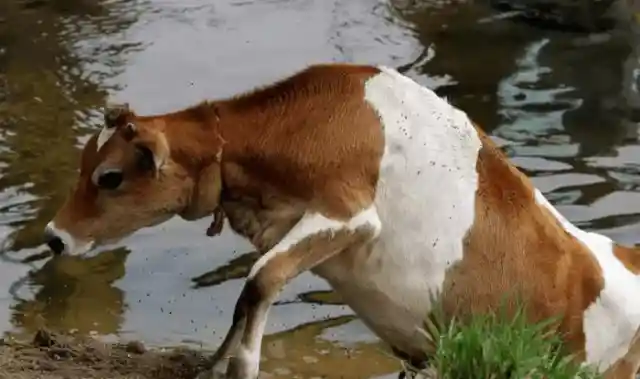

They reject anything from the EPA, therefore continuing to help create “dead zones” in the bay, which are places where the oxygen levels are too low to support life. Their farming practices are rooted in the less environmentally safe ways of the past; cows are allowed to wade into streams and defecate in the water, the placement of the farming fields works against proper drainage, and manure is utilized when holding tanks are full. And according to an article on pennlive.com, “What matters is the work. A plain-sect farmer isn’t interested in much of anything unless it works for him – and his farm.” Sadly, it certainly seems that way.
There are roughly 250,000 Amish living in America right now, descended from just 200 founders in the 18th century. They have a higher-than-average rate of genetic disorders, then, because of inbreeding. They have a high infant mortality rate, as well, but they simply view these things as God’s Will, or “Gottes Wille”.
Animal Cruelty
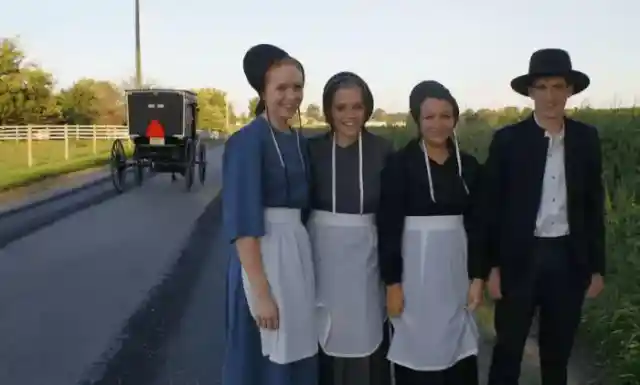
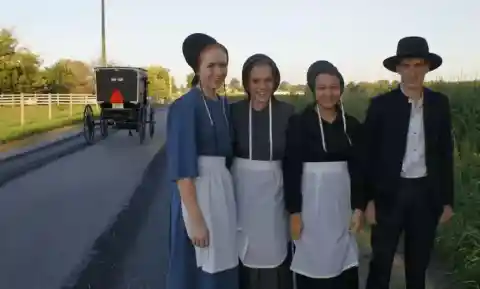
Before marrying, the Amish refuse to take any genetic tests to determine if they are somehow, even distantly, related, and thus when they have children, it is a toss-up if they will be born with deformities or a genetic disorder. Seems to me that a simple blood test could help avoid a whole lot of heartache, for both them and their future children. But then, that would require a heart, and after learning about puppy mills, pollution, shunning, and everything else (and there is more to come), I am unsure if heartache is in the realm of possibility for them.
Sadly, it is not just the puppy mills that are an issue. The Amish are known for being abusive toward many other animals, as well. We’ll start with the horses, whom the Amish view as farm equipment and not living creatures. Their buggy horses are often underweight, lame, or scarred from ill-fitting saddles. They are tethered and left standing all day long, expected to then trot home in the fading light.
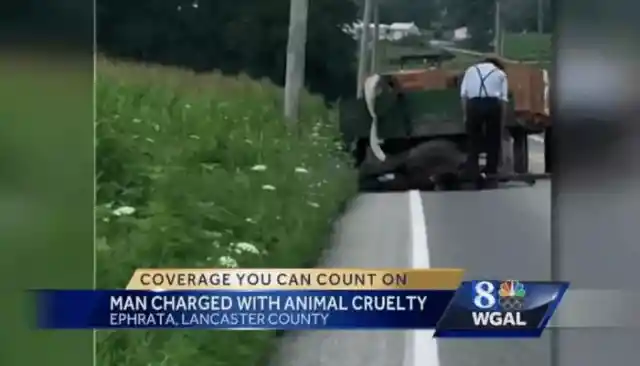
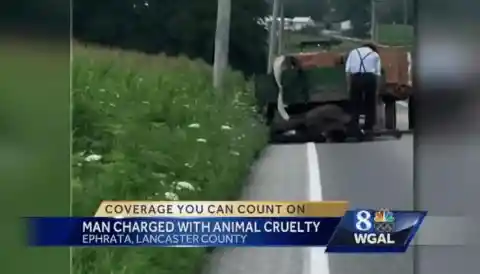
When they grow too old or tired, they are slaughtered. Moving on to cows, they have Holsteins that have udders so swollen, they drag on the ground between their legs. And back to the dogs, they kill healthy ones instead of paying to give them medical care when needed. And the list goes on. Some people say that the measure of a man is how he treats his animals, and by that standard, these people are among the smallest of men, especially when all else is considered.